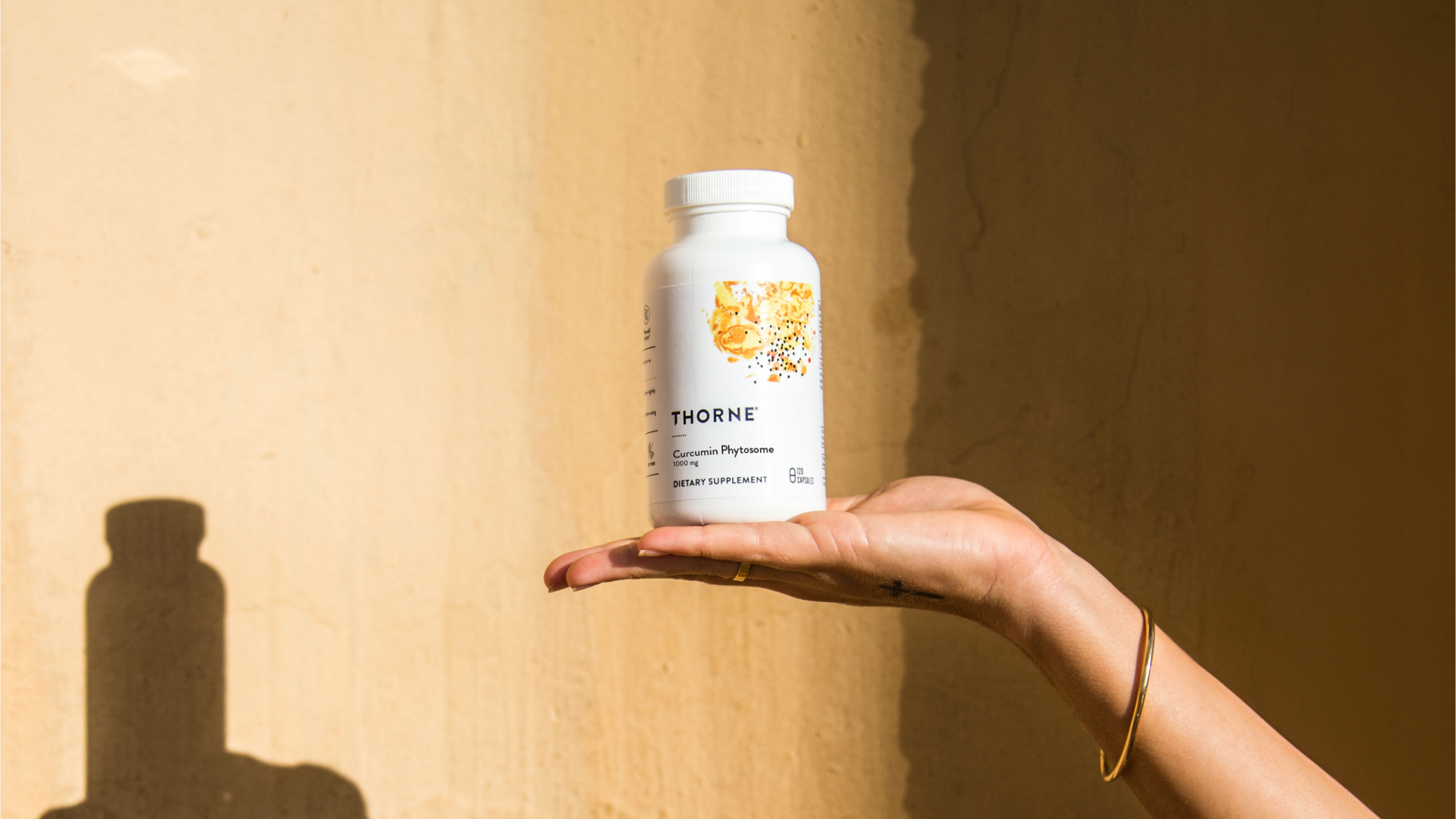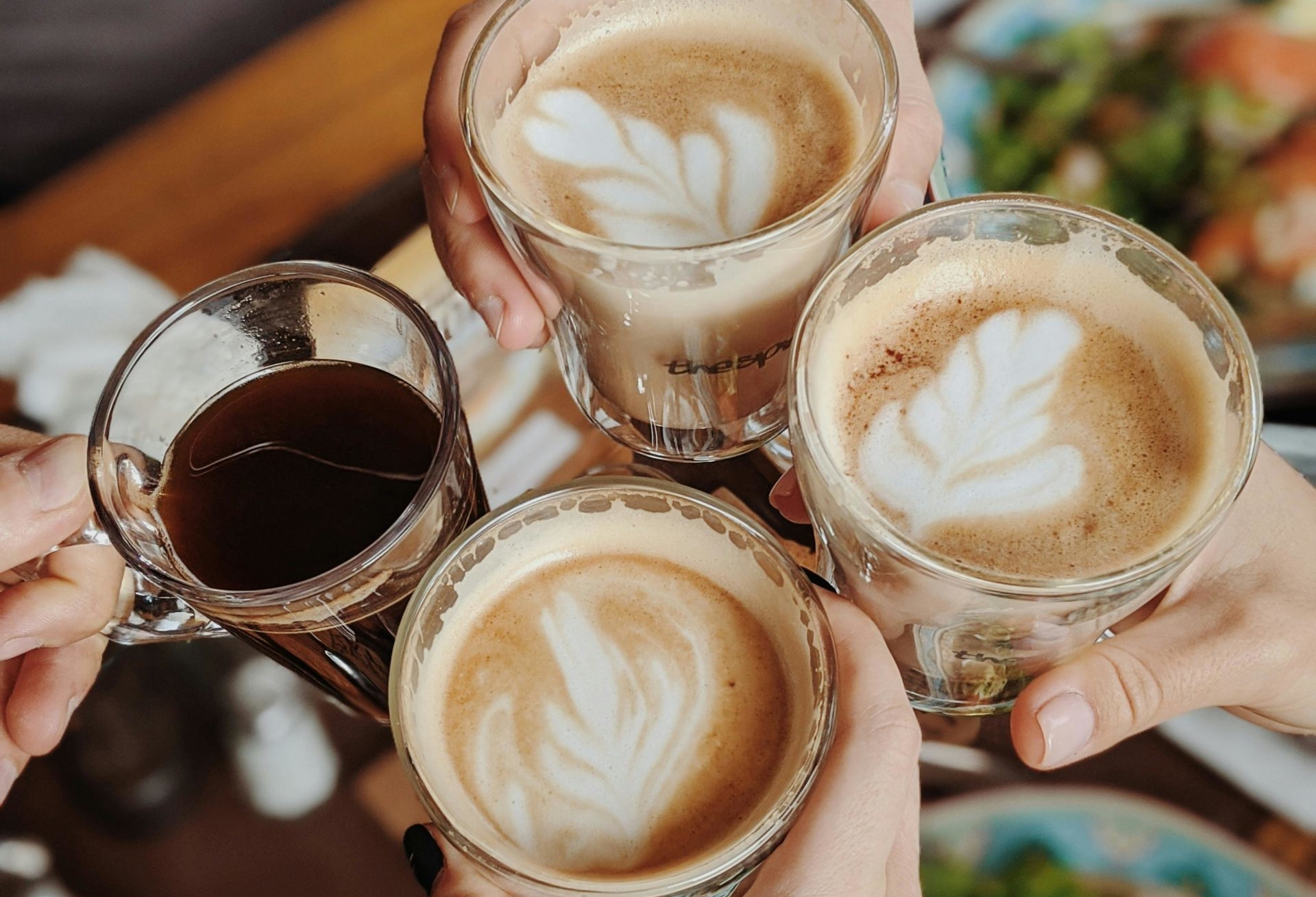People take supplements to improve or optimize their health. So what happens when you look at the label, and the ingredient list is filled with unrecognizable additives?
When it comes to cravings, everyone has their own vice – chocolate, cake, soda, French fries, bacon…. We all have a burning desire to eat something unhealthy every now and again. But what we crave could be more than just a matter of taste – an underlying health condition could be at play.

Your cravings might be trying to tell you something
There’s nothing wrong with treating yourself occasionally. After all, having a perfect diet 100 percent of the time isn’t realistic. We’re only human. But have you ever thought about why you crave a particular snack or treat? There’s a good chance it goes beyond your taste buds. Cravings can be caused by the following:
- Low mood (stress, anxious, or sad feelings)
- Tiredness
- Low blood sugar
- Imbalanced hormones
- Dehydration
- Nutrient imbalance
But what about specific types of food? Whether you’re fixated on sugary juice, popcorn, or a burger, here’s what the research says:
Sugar: Low blood sugar or a magnesium deficiency
Low blood sugar can be a cause of sugar cravings. But is it really low blood sugar or just low energy? If you have diabetes, then you might get low blood sugar if you took too much insulin or other medication in relation to what you ate. In this case, the low blood sugar can be severe – even a medical emergency. In the absence of diabetes, low blood sugar can actually occur after eating – as a reaction to eating too much sugar. This can cause your blood sugar to spike, your body to overcompensate with too much insulin, and a resulting dip in blood sugar can ensue. This is called reactive hypoglycemia and can benefit from adding more fiber to your diet, which slows the absorption of dietary sugars into the bloodstream. You might also crave a quick sugar energy fix if you go too long without eating or aren’t getting enough post-workout nutrition.
If you crave chocolate, which is high in magnesium, then it’s possible you have a deficiency in that nutrient. The recommended daily allowance (RDA) for adults is 310 mg and 420 mg, for women and men, respectively.1 However, the debate over whether a magnesium deficiency causes cravings is ongoing, because researchers point out that people rarely crave other high-magnesium foods like nuts.2 If you’re not getting enough magnesium, then choose a dark chocolate with a higher cocoa content and less sugar. Chocolate that contains 90-percent cocoa is an excellent source of magnesium, with 250 mg of magnesium per 100-gram serving.3
If you are looking to support healthy blood sugar levels and keep that post-meal sugar spike in check then a fibre and nutrient-containing blend that supports healthy blood sugar metabolism is a great option.
If you are not getting enough magnesium in your diet then a capsule or powder magnesium supplement is a great option.
Salt: To restore your body’s balance of water and electrolytes
One of the most common causes of craving a salty snack is dehydration. In this case, the salty craving motivates you to drink more water. Overhydration works the other way around; you drank too much water, which can cause low sodium in your bloodstream.
Both dehydration and overhydration are closely related to electrolyte imbalance. Dehydration is probably more noticeable when you are working out, especially if you sweat a lot or are exercising for a long period of time – particularly in hot weather. Your body loses electrolytes (sodium, chloride, potassium, calcium, and magnesium), as well as water as you sweat. While drinking water can help, you might also need salt to fully restore your electrolyte balance.
Protein: A lack in the diet or an iron deficiency?
A craving for protein might simply mean you’re not incorporating enough into your everyday diet. A lack of protein can cause you to feel weak, tired, and moody. Interestingly, a low protein level also can manifest as a sugar craving because of protein’s role in regulating blood sugar levels.
If the idea of meat sounds particularly appetizing, then you might be lacking iron. The most efficient form of iron, heme iron, comes from meat sources like pork, beef, and chicken. Although you can get iron from plant sources, your body doesn’t absorb non-heme iron as efficiently as heme iron. Women of childbearing age should be especially conscious of having an iron deficiency because of monthly loss and increased needs during pregnancy and breastfeeding. Low iron levels are often seen in athletes, particularly female athletes, long-distance runners, and vegan/vegetarians.
If your iron level is low, then you can fight fatigue and other effects of iron deficiency with iron supplementation.
Exercise helps curb unhealthy cravings
You know exercise is good for your health, but how exactly does it impact cravings? As you exercise, your appetite increases to keep up with your body’s increasing energy demands. But there’s more to it; interestingly, research also indicates that exercise can help you keep your cravings under control.
A 2015 study found that walking at moderate intensity for 15 minutes can reduce short-term cravings in overweight people.4 Subjects refrained from eating sugary snacks for three days. Before each assessment, they fasted, only drank water, and did not engage in any exercise for two hours prior to the 15-minute exercise protocol.
During the assessments, the experimental group warmed up for two minutes before walking at a moderate pace on a treadmill. The control group sat quietly for 15 minutes. Then, both groups sat quietly for five minutes before completing an online test that had successfully induced physiological arousal and stress in previous research. Finally, participants unwrapped a sugary snack of their choosing and held it for 30 seconds. While handling a sugary snack increased participant cravings, exercise reduced the effect.
The authors say their findings add to the “increasing evidence that physical activity can somehow help to regulate the urge to consume snack food,” and are similar to results from a study on cigarettes.5
A 2022 animal study lends support to the concept that exercise can decrease cravings.6 First, researchers introduced rats to levers that dispensed high-fat pellets. Then, for one month, the experimental group completed high-intensity treadmill running, while the control didn’t do any additional exercise. During this time, none of the rats had access to the levers. After 30 days, the rats had access to the levers again. The researchers found the experimental group pressed the levers significantly less than their sedentary counterparts, indicating that high-intensity exercise decreased their cravings, and more importantly, suggesting this could apply to humans.6
Need some cooking or baking inspiration to tackle your cravings? Consider mix-in ingredients…
If you struggle with your cravings and want to enhance the flavor of your meals while getting enough daily nutrients, then consider adding a supplement.
Thorne prioritises providing health solutions that actually taste good. Taste is an often-overlooked feature in the supplement industry; sacrificing taste for the health benefits might work in the short term, but supplementing shouldn’t be a chore. If it is, then you might not be consistent, making your health goals harder to achieve.
Check out Thorne’s catalogue on our Practitioner Hub and consider creative ways you can include a collagen powder or nutrient blend in your next smoothie, hot cocoa or homemade ice cream blend.
- National Institutes of Health. Magnesium: Fact Sheet for Health Professionals. https://ods.od.nih.gov/factsheets/Magnesium-HealthProfessional/. [Accessed Dec. 12, 2022].
- Yanovski S. Sugar and fat: Cravings and aversions. J Nutr 2003;133(3). doi:10.1093/jn/133.3.835s
- Cinquanta L, Di Cesare C, Manoni R, et al. Mineral essential elements for nutrition in different chocolate products. Int J Food Sci Nutr 2016 Nov;67(7):773-8. doi: 10.1080/09637486.2016.1199664.
- Ledochowski L, Ruedl G, Taylor A, Kopp M. Acute effects of brisk walking on sugary snack cravings in overweight people, affect and responses to a manipulated stress situation and to a sugary snack cue: a crossover study. PLoS One 2015;10(3):e0119278. doi:10.1371/journal.pone.0119278
- Taylor A, Katomeri M. Effects of a brisk walk on blood pressure responses to the Stroop, a speech task and a smoking cue among temporarily abstinent smokers. Psychopharmacology (Berl) 2006 Jan;184(2):247-53. doi: 10.1007/s00213-005-0275-1.
- Kirkpatrick GE, Dingess PM, Aadland JA, Brown TE. Acute high‐intensity interval exercise attenuates incubation of craving for foods high in fat. Obesity 2022;30(5):994-998. doi:10.1002/oby.23418
Share:
Related Posts

Thorne Celebrates 40 Years of Good Health
Maggie Chandler April 12, 2024 As it’s often said at Thorne, healthy ageing is a gift. It’s about embracing the way you feel, your experiences,

Healthy Coffee Alternatives: When to Quit Coffee & What to Drink Instead
Dr Thomas Wnorowski February 16, 2024 Key Points: Does the idea of quitting coffee make you feel all sorts of (terrible) things? It’s common. But

How Your Social Network Impacts Your Mental Health
Austin Ruff April 17, 2024 Humans are inherently social creatures. It’s in our nature to connect and want to be connected to the people around

Microbiota-Gut-Brain Axis: Behaviour and Dementia Implications
People take supplements to improve or optimize their health. So what happens when you look at the label, and the ingredient list is filled with

Gut Bacteria and GABA
People take supplements to improve or optimize their health. So what happens when you look at the label, and the ingredient list is filled with


